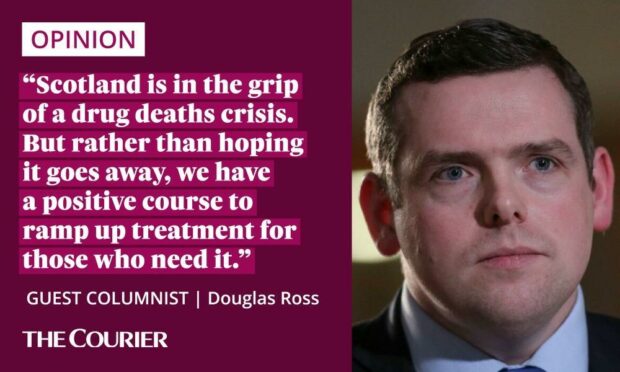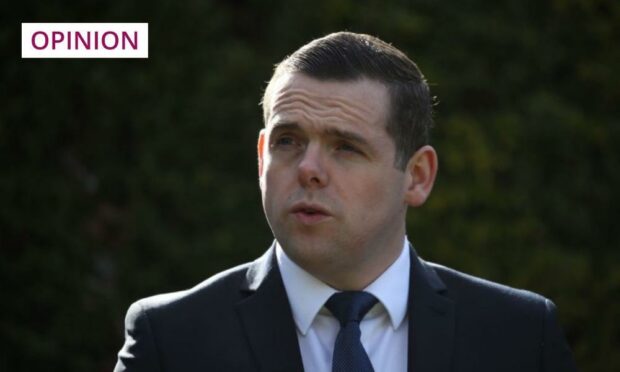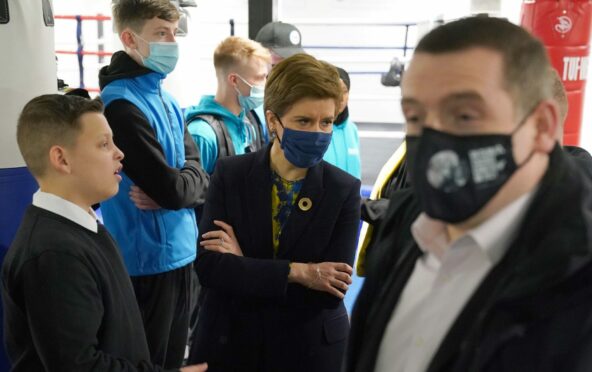Scotland is in the grip of a drug deaths crisis.
No matter how much we all wish this wasn’t true, the grim reality cannot be ignored.
There were 1,339 drug-related deaths registered across Scotland in 2020, the largest number since records began in 1996.
At the shameful heart of that, Dundee is often labelled the drug deaths capital of Europe.
But the real shame is that nothing ever changes for people or the families of those who are torn apart by the lethal scourge of drugs.
Every single death is a tragedy
Every single death is an individual tragedy and so too are those who are parked on methadone without hope of recovery, often lost in the system.
It is a public health crisis which should weigh heavily on us all.
But the only observable result was Joe FitzPatrick being given his jotters as public health minister in 2020.
That changes nothing.
Drug deaths have almost tripled during Nicola Sturgeon’s time as first minister.
On a graph, as the death toll rises year on year, so plunges the accessibility of rehabilitation and addiction counselling.

Alcohol and drug partnership funding cut in real terms for six years.
The Scottish Government, now an SNP-Green coalition, has the means to reverse this awful course.
But so far it has been unwilling to meet its responsibilities.
The new drugs minister Angela Constance focuses on drug medication assisted treatment standards, which are a step in the right direction but do not give people with addiction any enforceable rights.
After 15 years of failure it is not enough.
Taking matters into my own hands
For that reason, I took matters into my own hands and launched a consultation with experts and charities for a Right to Recovery Bill, which would enshrine life-saving treatment for those with addiction problems in law.
Today we publish the responses to the consultation on the bill, and the overwhelming majority are fully supportive of the proposals.
These include the likes of homeless charities Cyrenians and Simon Community Scotland, the Scottish Tenants Organisation, Recovery Enterprises Scotland, addiction experts and faith groups.
This is a landmark piece of legislation which is informed not just by politicians at Holyrood but by experts who deal with addiction in all its forms.
What happens now and when can we expect change for people with addictions?
Now the consultation has ended, the next stage will be to lodge a formal proposal to get signatures from MSPs across parties.
A positive course of action
Upon hopefully receiving support from across the Chamber, the Scottish Conservatives will then be able to bring forward this Bill.
Scotland is in the grip of a drug deaths crisis.
But rather than hoping beyond hope that it goes away, we have a positive course to ramp up treatment for those who need it.
And I am calling on all parties at Holyrood to join charities, experts and myself in support of the Right to Recovery.

